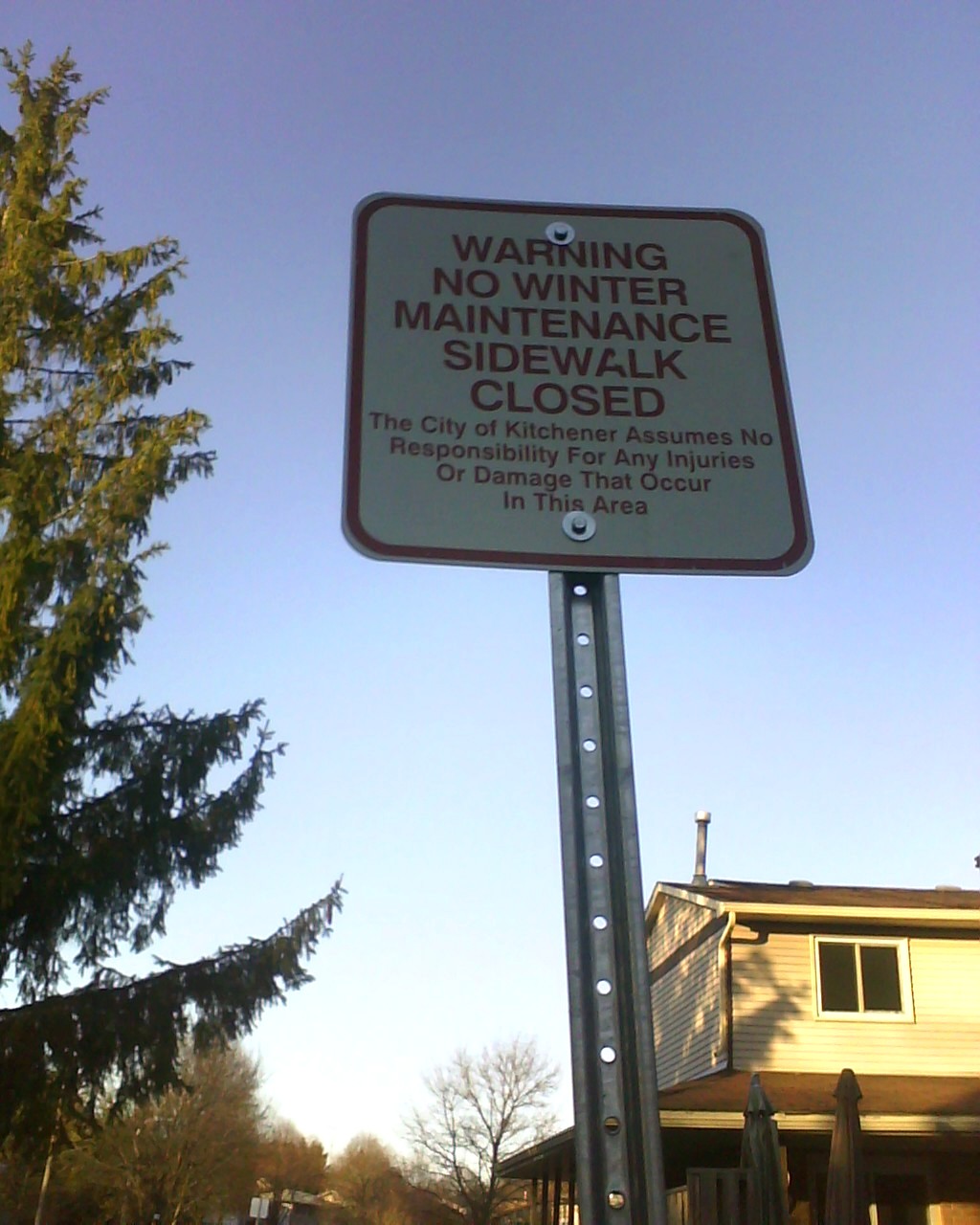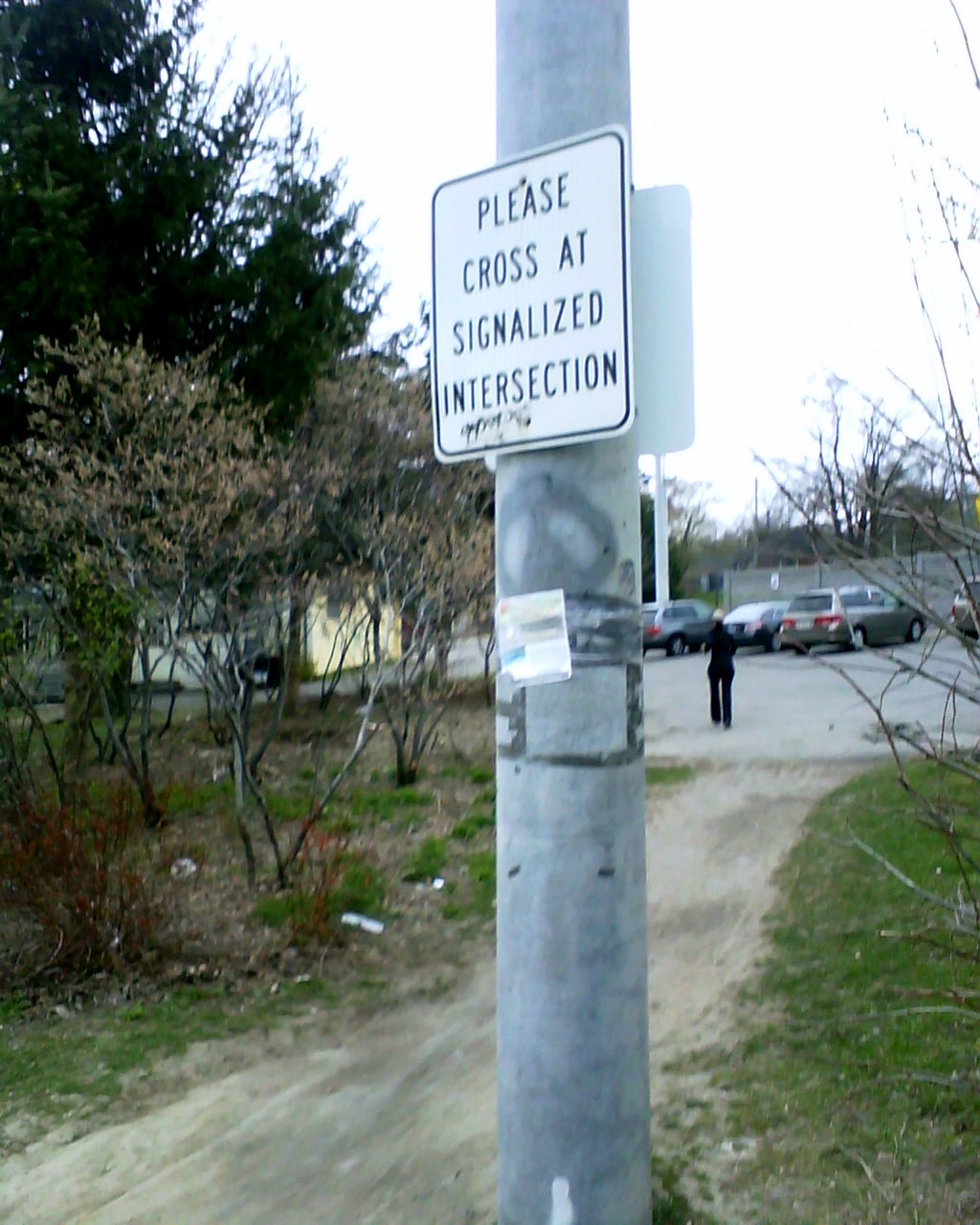What Ontario is like
“What’s your hometown like?”, they ask, curious about that foreign country (Canada) few have ever visited, not counting a school trip to the Parliament buildings in Ottawa (“which province of Canada is that in again?”, a Quebec-born Canada Post clerk asked me once) or perhaps a stint picking fruit or planting trees in British Columbia. The closest city to Montreal larger than Montreal is Toronto, but a Quebecker wanting an urban weekend get-away is far more likely to head to New York or even Boston, on the grounds that it’s only slightly further, and rather more interesting.
I’m not saying I blame them. When people ask me what my mid-sized home city in Ontario is like, I usually say that it’s a nice place to live, but I wouldn’t want to visit there – unless you happen to know someone, of course, which is what brings Sh. and I back on a regular basis. We’re always happy to go, to stock up on Mennonite sausage and apple butter from the farmers’ market, visit our favourite tea shop, and especially to spend time with family and old friends. We left eight years ago and I’m still more likely to run into someone I know when walking through my hometown’s centre than I am here. But the longer I live here the more some of the basic cultural differences stand out to me.
Any experienced traveller knows the truth of T.S. Eliot’s observation on returning home: “We shall not cease from exploration / And the end of all our exploring / Will be to arrive where we started / And know the place for the first time.” On my last trip back, I had this experience when looking up at a sign beside a 40m path running between two houses near the home where I grew up, giving pedestrian access from the sidewalk to a small publicly-accessible wooded ravine. The inordinately detailed warning sign below is posted at both ends, ensuring that all who pass are aware that a) the path, while paved, will not be cleared of snow in the winter, and b) that should they thus slip and fall on the ice, it will not be the city’s fault, as it has given them fair warning. What, exactly, is the point of this warning, which weighs in at about one letter per 35cm of pathway? I’m no longer certain. But I suspect that when I lived in Ontario this somehow made sense to me.

Another sign of this change of mores for me was a second warning posted along a popular rails-to-trails pathway which runs through the centre of the city. The trail, like the former railway, runs straight as an arrow across one moderately busy street, through the parking lot behind one of the better bakeries in town, across a quieter street, and then on through a downtown park. A posted sign warns all would-be jaywalkers that they ought detour some 70m, cross both streets at a traffic light, and then continue. This, of course, never happens. It’s certainly not necessary. In fact, merely placing one foot onto the road at this unauthorized crossing is enough to stop all traffic in both directions while you make your way to the other side. But the sign remains, warning all would-be scofflaws of the perils of such extemporaneous flouting of city by-laws. This warning amuses me almost as much as another jaywalking hotspot beside a downtown shopping centre, which actually features curb cuts to help those in wheelchairs break the law more conveniently. (This one is also right beside a police station.) God forbid that illegal road crossings should not be as accessible as possible!

By way of contrast, the third sign is from Quebec. The text above the badly injured and badly drawn child reads, roughly, “be careful of our children, it may… be yours”. I’m all for cars not running over children (or anyone else, really), but is this preposterous illustration really the best way to go about achieving that? (As opposed to, say, regulating vehicle speeds with synchronized traffic lights, something I have yet to see implemented here.) This sign, I must admit, makes no sense to me.

But then, I’ve only been here since 2004. Check back in a few years, and I may well feel differently.
